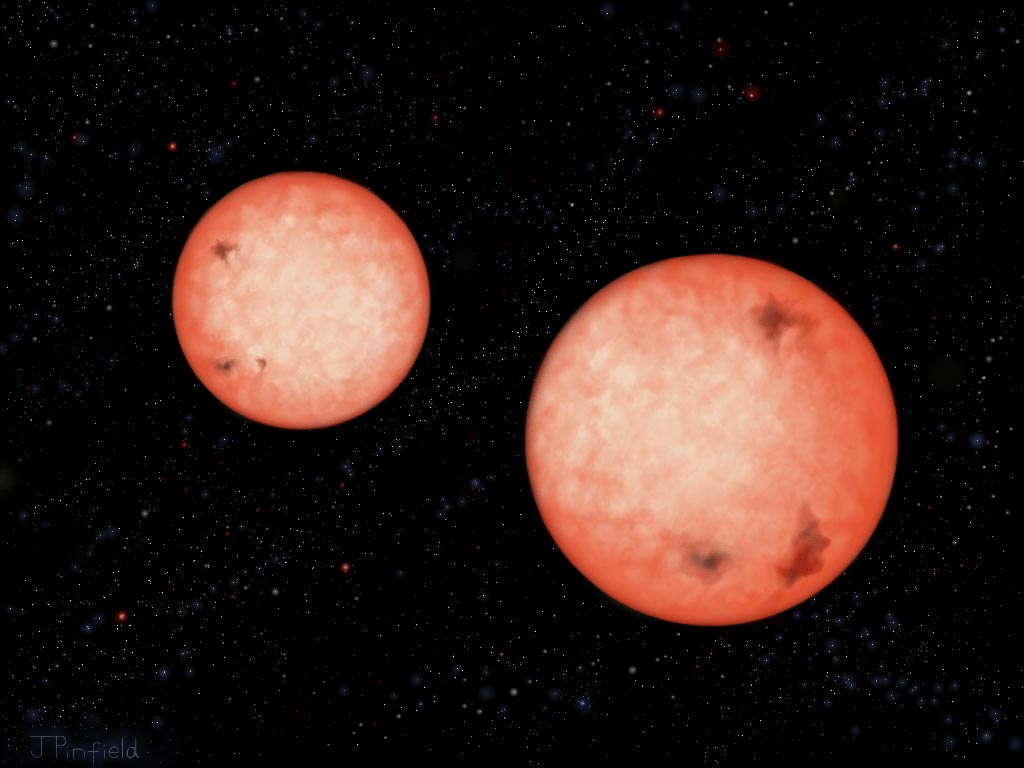The scientists investigated the LP 349-25AB system. It consists of two red dwarfs orbiting each other. New evidence suggests that they are lighter and older than previously thought.

A pair of red dwarfs
On April 25, an article by scientists who studied the LP 349-25AB system appeared on the arXiv preprint server. It consists of two red dwarfs — small and rather cold stars and is located 47 light-years away from us.
Previous studies have found that the system as a whole weighs 166 times more than Jupiter. The components orbit each other in 7.7 years. At the same time, the system has so far been considered quite young: 140-190 million years old.
In a new study, a team of scientists from the Autonomous University of Mexico tried to clarify these data. In their work, they used observations with very large VLBI databases. In general, they lasted for almost two years — from February 2020 to December 2021. And now the scientists have finished processing the results and are ready to report their findings.
What scientists have found
In the new study, scientists relied on data from radio telescopes. The studies were conducted at frequencies of 4.85 GHz, 32 MHz and 128 MHz. Thanks to them, scientists were able to establish new data regarding the LP 349-25AB system.
Firstly, both components of the system turned out to be sources of radio emission. It’s not very common, but it happens with red dwarfs. At the same time, a large star shows variations in the radio signal, changing with a period of about a month. Obviously, they are caused by some processes inside it. The second luminary has no such features.
Secondly, scientists have very accurately determined the weight of both stars. It turned out to be equal to 85.71 and 67.11 Jupiter masses, respectively. At the same time, for the smaller of the components, it turned out to be lower than the limit of about 78.5 Jupiter masses, below which thermonuclear reactions become impossible.
Thirdly, scientists have determined that the cooling age of LP 349-25A is 262 million years, whereas the cooling age of LP 349-25B is 198 million years. This means that, in general, the pair of stars is slightly older than previously thought, but still very young by cosmic standards.
The most interesting thing is that the new data suggests that the stars in the system may be different from what scientists previously thought they were. The largest of them really turned out to be a very compact red dwarf, while the smaller one is probably a brown dwarf, that is, formally it may not be a star.
According to phys.org
Follow us on Twitter to get the most interesting space news in time
https://twitter.com/ust_magazine


